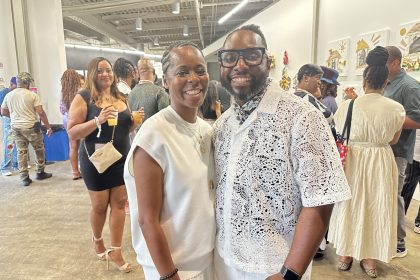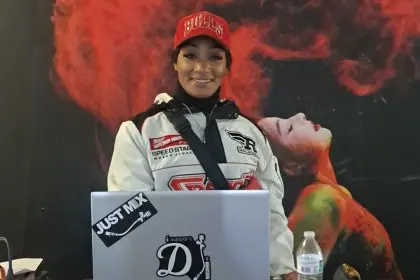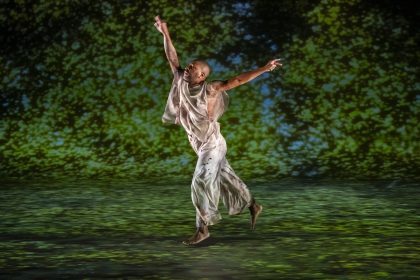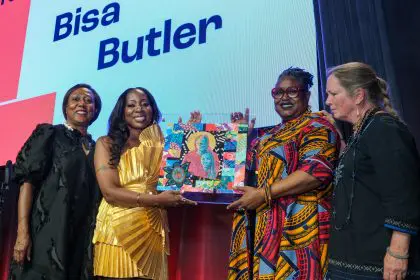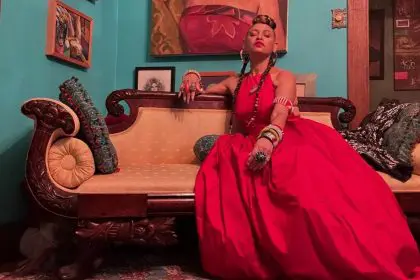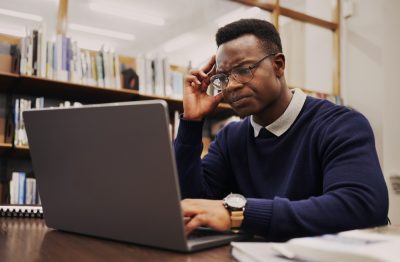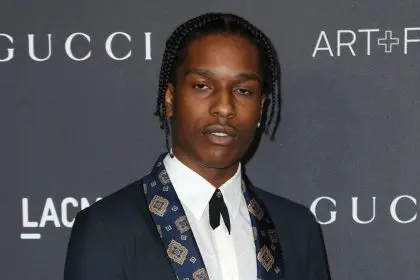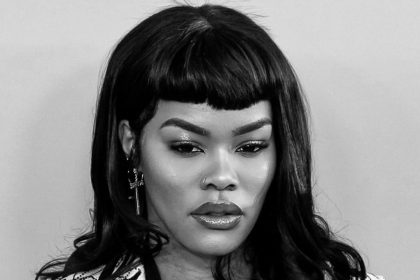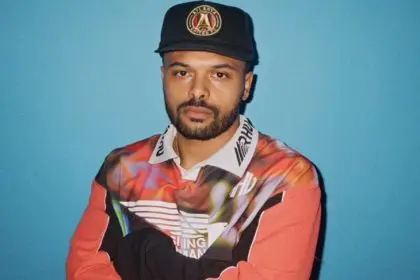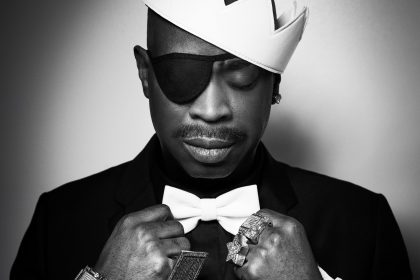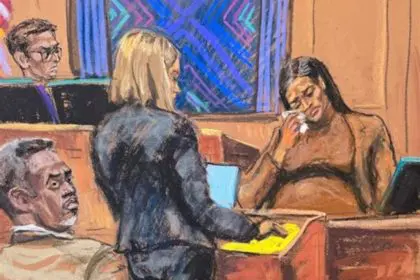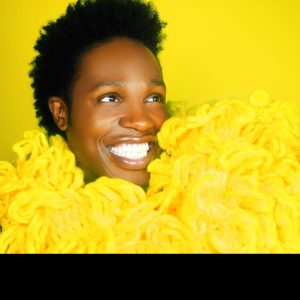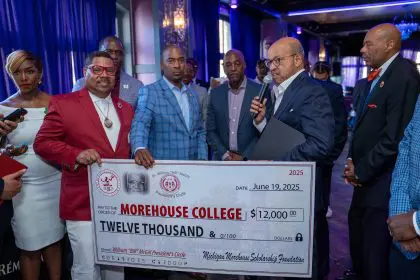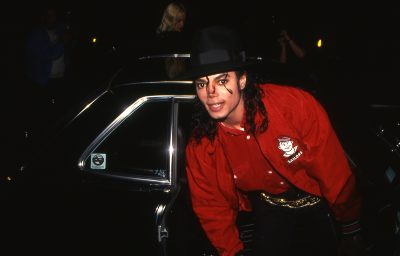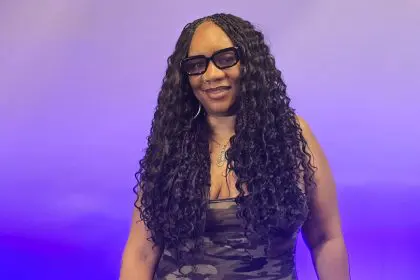
Harlem Arts Alliance Presents: On the “A” w/Souleo
Sometimes all it takes is a title to pique one’s interest and with one such as “Fried Chicken and Latkes,” you’re bound to ignite a few mind sparks. In this one-woman show by Rain Pryor (daughter of the legendary comedian and actor, Richard Pryor) the comedienne challenges the status quo of race relations by revealing her own personal struggles as a biracial woman. “I show the differences between the two halves: Jewish and black and the comments people make when they don’t think.”
Pryor hopes that her show will create greater unity by challenging the very concept of race. “I try to bring us back to see that we are divided by culture and religion. We are not divided by race,” she protests. “There is no such thing as race. We are the human race. We have this whole idea in our heads since slavery to look at each other like we are crazy and, it’s like really?”
You might find yourself asking yourself “really” after viewing the latest exhibition by renowned visual artist, Willie Cole. In “El Pluribus Unum” at Grounds for Sculpture, Cole repurposes plastic water bottles to create a nine foot tall inverted pyramid chandelier and automobile sculptures. The works reference environmental, clean water and oil issues along with offering a critique on consumer culture. “I thought about those issues around water and plastic,” says Cole. “So the car represents the fuel we burn and the water bottle represents the potential for cleanliness and clean air. That’s what came to me in the process of making these pieces.”
While plastic bottles may have inspired his latest exhibition, Cole also reflected on a general source of inspiration: Harlem. During our conversation, Cole noted how Harlem helped propel him forward in the art world as an artist-in-residence at the Studio Museum in Harlem and through his work with the Schomburg Center for Research in Black Culture and The National Black Theatre. “Harlem for me was the door because I had been in Newark making great art and not getting attention in New York City,” he says. “When I walked the streets of Harlem it made me feel important like I was stepping in some great footsteps. I met all the black artists I had read about and it fueled me to pursue my dream as an artist.”
To read the rest of the column, please visit www.souleouniverse.com.

